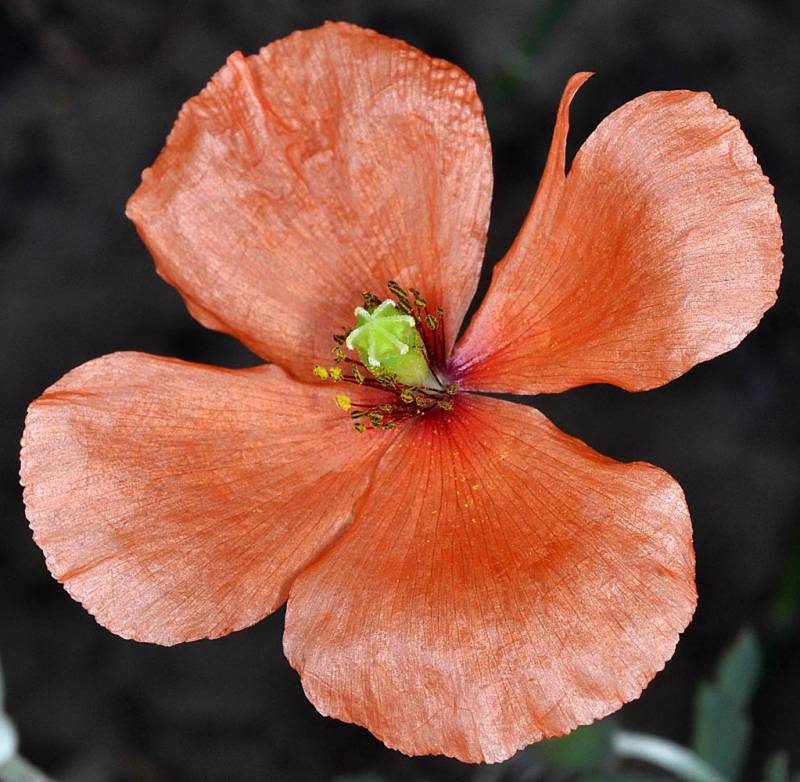Papaver californicum
Papaver dubium
Basal leaves in a rosette, petiolate;
cauline leaves alternate, the lower petiolate, becoming sessile upward;
leaf blades to 20 cm. long, pinnately lobed, the margins with rounded teeth.
Flowers single or in 2s or 3s on long peduncles or scapes;
buds nodding;
sepals 2, distinct;
petals 4, orange to red, without a dark basal spot, up to 3 cm. long;
stamens many, the anthers violet;
style none.
Capsules narrowly obovoid, distinctly ribbed, up to 2 cm. long, at least twice as long as wide.
Papaver californicum
Papaver dubium
Occurring on both sides of the Cascades crest in Washington; British Columbia to Oregon east to Idaho; also in the central U.S. and eastern North America.
- Local floras:
BC,
OR,
WA
- Local Web sites:
Flora NW,
PNW Herbaria
WildflowerSearch
iNaturalist (observations)
USDA Plants Database
- LBJ Wildflower Center
- SEINet
- Plants of the World Online
- Encyclopedia of Life
- Wikipedia
- Google Image Search


